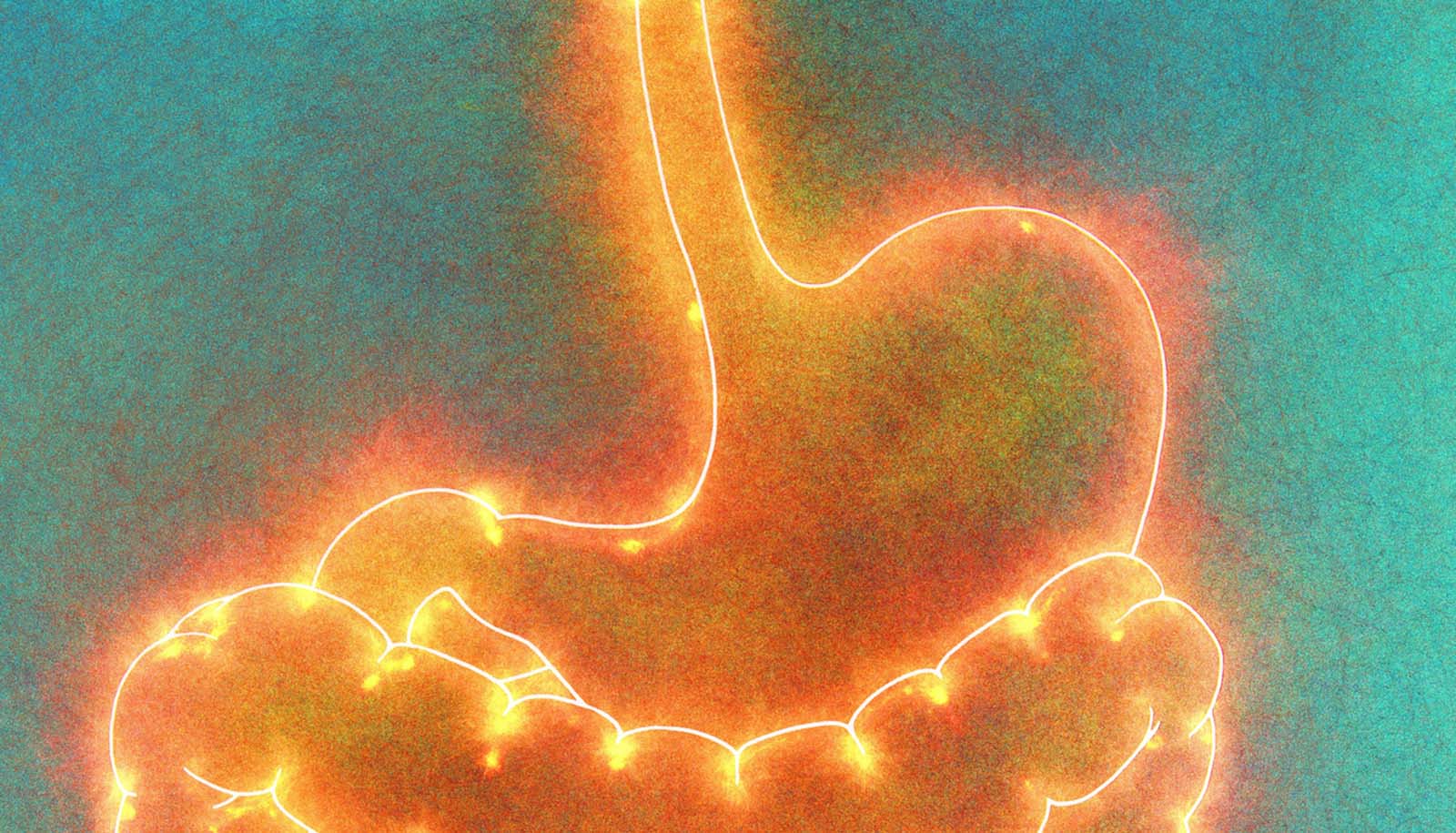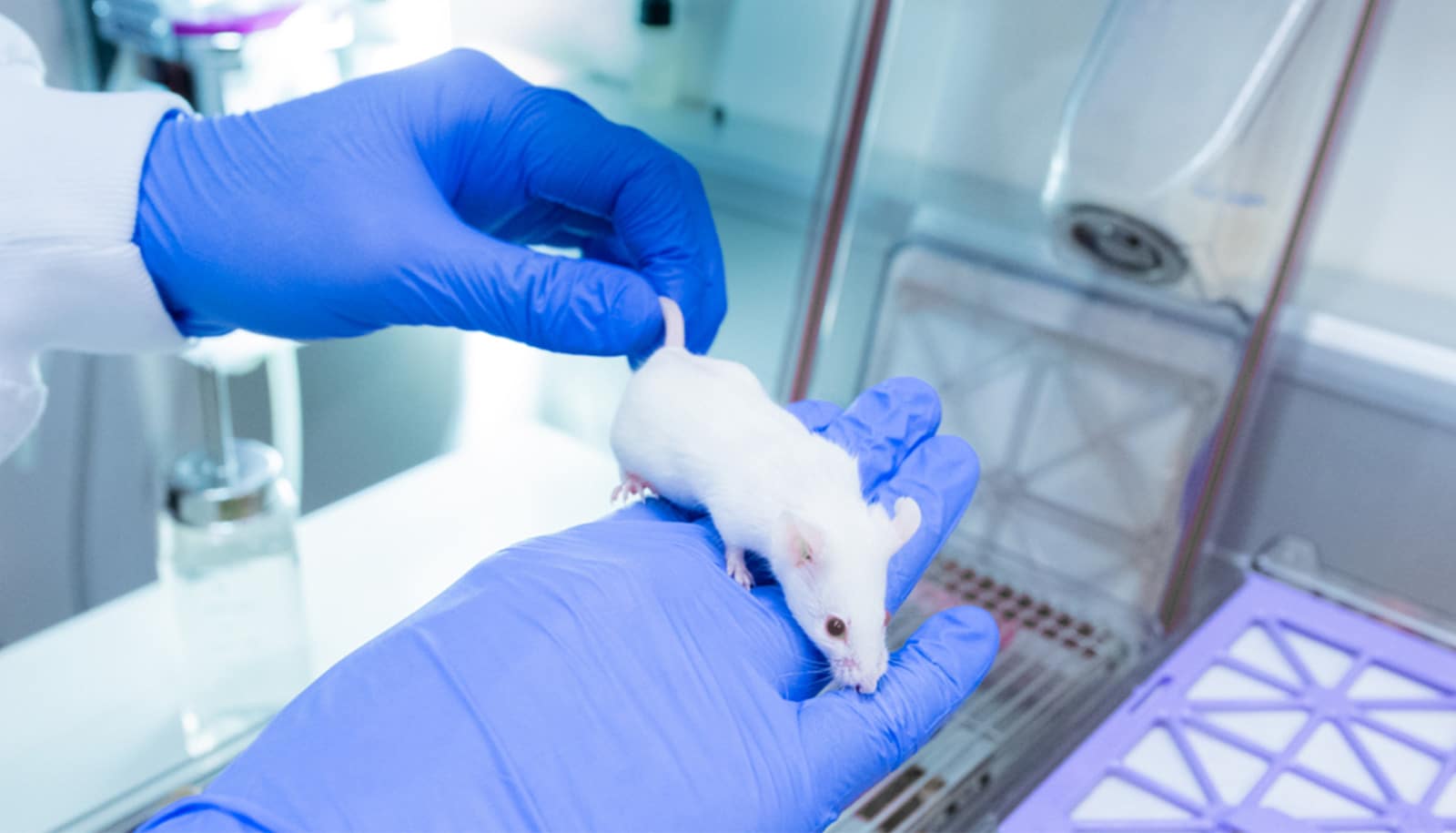Researchers have discovered a new class of anti-cancer drugs that can stop specific cancer cells from proliferating—putting them to “sleep,” potentially permanently.
How our cells proliferate from a single egg cell into a precisely formed human composed of trillions of cells is a stupendous feat of genetic regulation. But it also contains the seeds of cancer when the controls fail and these cancerous cells can proliferate relentlessly into tumors.
“It could be both a frontline treatment for specific cancers and a useful consolidation therapy for some other types of cancer…”
More than two decades ago, a group of scientists began delving into embryonic development to better understand how our cells are directed to make us as we are. It started as curiosity-driven basic research, but has now led to the discovery of the new anti-cancer drugs.
Leaving healthy cells alone
The research, just published in Nature, shows the compound works in animal models (mice and zebrafish) by blocking key genes involved in cancers like blood and liver cancers. Unlike chemotherapy and radiotherapy, there is no damage to healthy cells.
“The technical term is cell senescence, but essentially the cells are put to sleep.”
“This new class of compounds stop cancer cells dividing and proliferating by switching off their ability to continue the cell cycle,” says research leader Anne Voss, associate professor in the medical biology department at the University of Melbourne and division head of development and cancer at the Walter and Eliza Hall Institute of Medical Research.
“The technical term is cell senescence, but essentially the cells are put to sleep. The cancer cells aren’t dead, but they are effectively stopped in their tracks.”
Joint research leader Tim Thomas, also an assistant professor in the medical biology department at the University of Melbourne and laboratory head in development and cancer at the Walter and Eliza Hall Institute of Medical Research, says that subject to clinical trials the compound has the potential to be “an entirely new weapon for fighting cancer.”
“The compound was well tolerated in our preclinical animal models and is very potent against tumor cells, while appearing not to adversely affect healthy cells,” he says.
At this stage it is unclear what happens to the “sleeping” cancer cells, but the researchers suspect that over time they could be killed and cleared by the immune system.
“We suspect that inducing senescence in the cancer cells will give the immune system more chance to clear these cells because they will eventually be recognized as abnormal,” says Thomas.
The compound may also work as an adjunct for treatment where a therapy has already been effective in clearing a cancer. By inhibiting the specific processes involved in cancerous cell proliferation the compound could help keep a treated cancer in remission.
“It could be both a frontline treatment for specific cancers and a useful consolidation therapy for some other types of cancer,” says Thomas.
Gene targets
The targeted genes are known as KAT6A and KAT6B and are involved in the growth and development of organisms.
“These genes control cell proliferation and are important in regulating how embryos develop to ensure that everything is in the right place and is the right size. But in some cancers, these are the same genes that will be mutating and driving the growth of cancer.
“So, we always had in the back of our minds that what we were exploring may have implications for treating cancer,” says Thomas.
They had a breakthrough six years ago when team member and then University of Melbourne PhD student, Bilal Sheikh, discovered that removing KAT6A from mice with fatal lymphoma (cancer of the lymph nodes carrying white blood cells) quadrupled their life expectancy from three-and-a-half months to about 14 months.
“By learning that KAT6A and KAT6B and the protein they express are important drivers in some cancers, we knew that if we could find a molecule of the right size and shape we should be able to inhibit or block it.”
But finding that right molecule was a lot easier said than done.
The hunt is on
The researchers had to screen almost a quarter of a million different potential molecules before they found one that had promise.
“We need first of all to understand how the body works if we are to reliably design new therapies, otherwise we are just relying on luck…”
“In hindsight you’d have to say 1-in-nearly 250,000 aren’t great odds,” laughs Thomas.
Indeed, unbeknown to the research team, drug companies had been on the same trail but had given up, leading some to believe that these genes were “undruggable.”
It is understandable why. Just working out how to screen the molecules took the team a year of work.
They had to develop a robotic process in which the protein that the genes generated was suspended in a tiny droplet of solution that researchers could shine light through to monitor the chemical processes they were seeking to inhibit. The process was automated so that 384 molecules could be screened at once on a plate full of tiny wells, each holding a droplet of fluid.
The next step now is to team up with a pharmaceutical company to pursue clinical trials on patients with the specific cancers that can be targeted through these genes.
New drugs
“We think these compounds will be effective in treating those cancers where the proliferation of cancer cells through the cell cycle is driven by these KAT6A and KAT6B genes, and if we inhibit these genes it should have a therapeutic effect,” says Thomas.
NIH funding cuts could paralyze drug development
“For example, we think it will be effective in some blood cancers that block cells from differentiating normally into different cell types.
“In the case of leukemia, the cancer causes the excessive proliferation of white blood cells, diluting oxygen-carrying red blood cells. Eventually a patient starts to lose their ability to circulate oxygen. We’d hope to be able to stop that from happening.
“I think the future of cancer treatments is very much going to be focused on developing specific treatments like this that target different cancer pathways, rather than a universally applicable therapy across cancer,” says Thomas.
But the source of such treatments will always be knowledge-building, curiosity-driven research.
“We need first of all to understand how the body works if we are to reliably design new therapies, otherwise we are just relying on luck—trying something just to see if it works. Most therapies are derived from knowledge and then experimentation,” says Thomas.
“It can be painstaking and slow, but if you are single-minded enough to keep going the rewards can be potentially life changing for patients.”
Drug may halt cancer-causing gene linked to obesity
Additional researchers from the Monash Institute of Pharmaceutical Sciences and the Cancer Therapeutics Cooperative Research Centre also contributed to the work.
Source: University of Melbourne



